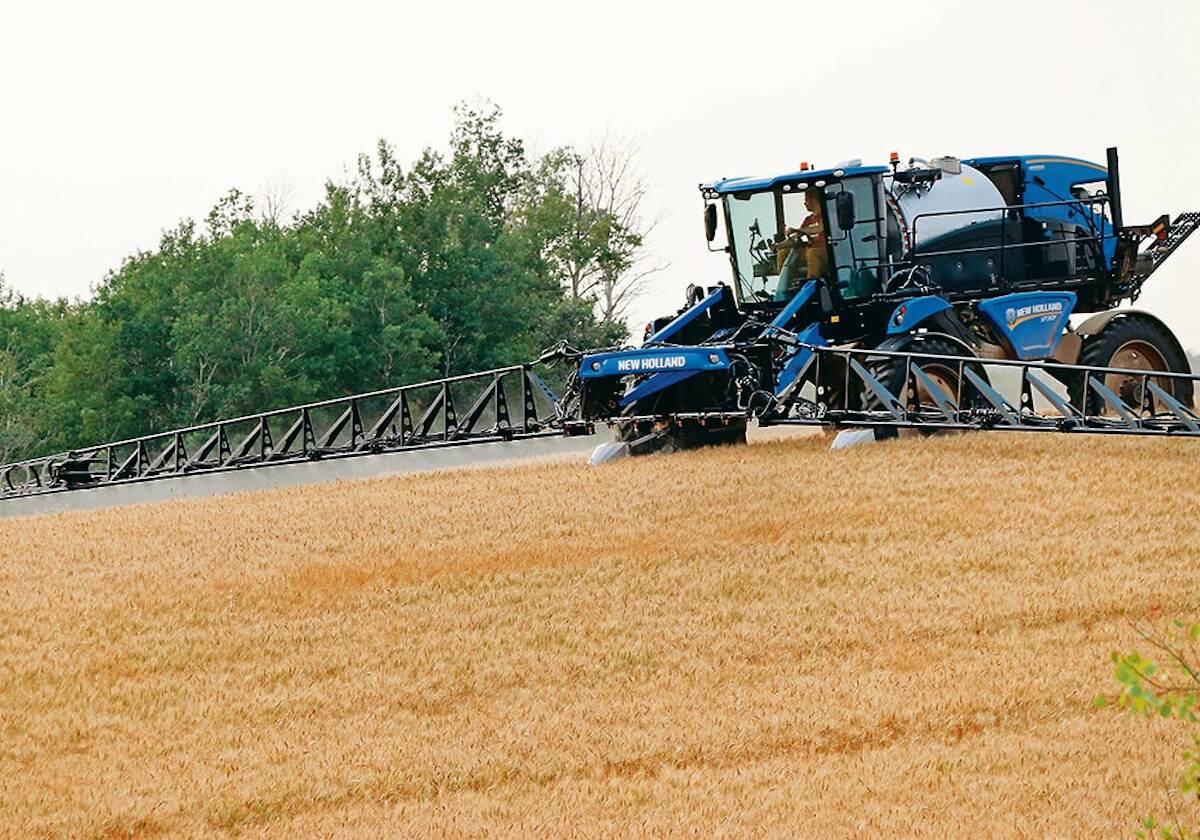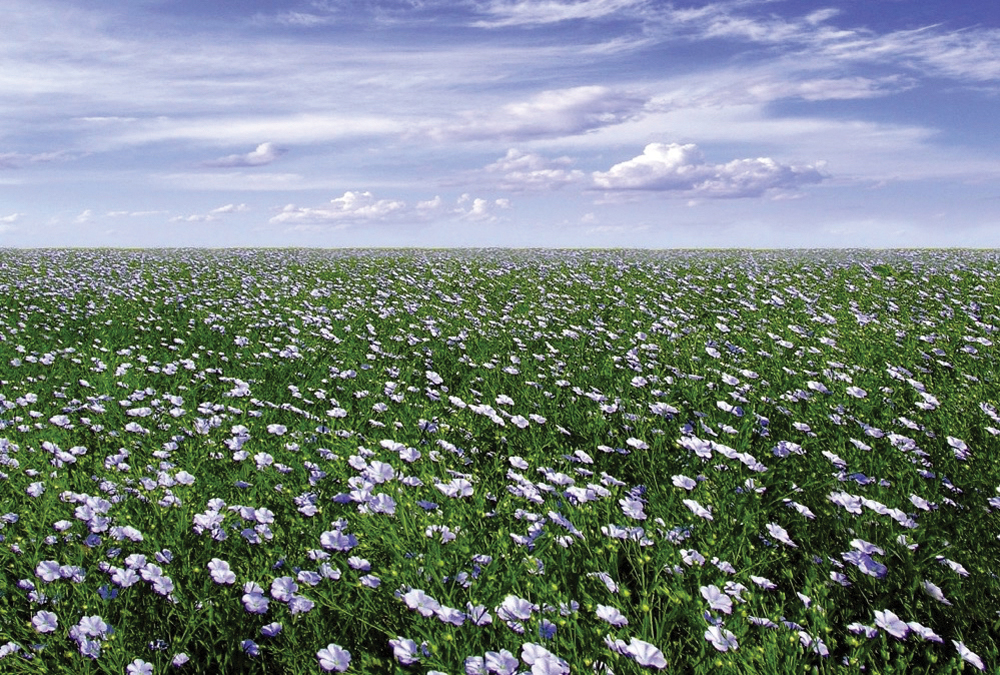We always appreciate it when readers take the time to write to us, even if you don’t agree with the story or opinion piece in question, and especially when you are pointing out an error.
So when a reader emailed the Co-operator to question the prices quoted in a story we carried about research showing flaxseed’s health benefits, our first reaction was to agree that the story couldn’t be right.
“In the article on flaxseed lowering blood pressure, you may want to have the author correct the statement about flaxseed costing ‘25-50 cents per ounce!’ That would be a really nice price for flax! ($225-$450/bu.) However, if she meant ‘per pound,’ then it makes more sense — $14-$28/bushel.
Read Also

Farming still has digital walls to scale
Canadian farms still face the same obstacles to adopting digital agriculture technology, despite the years industry and policy makers have had to break them down.
“If it really is that price per ounce, I am going to set up my own flax-cleaning-processing centre on the farm and figure out how to break into this market,” our reader wrote.
Well, he might want to start building. When we went to the grocery store and looked at what the 15- and 16-oz-packages of flax are selling for, we started wondering if we’re on the wrong side of the business too.
Those attractive foil and plastic containers containing flaxseed were selling for prices ranging from $4 to $8. By our calculations, the flax the farmer sells for around $13.25 per bushel these days, which works out to 23 cents per pound based on a 56-pound bushel, is indeed worth more than $400 per bushel by the time it gets to the consumer.
Granted, some of the products are ground-up flax, and foil packaging isn’t cheap. If the flax has been raised under an organic production system, the farmer typically gets paid a higher price to compensate for lower yields. But even if the base ingredient cost is double and the cost of packaging worth more than the ingredient, that’s still a sizable return on investment.
It’s also important to note that unlike the conversion from wheat into bread, milk into cheese or barley into beer, the end product in this case bears a close resemblance to the product that comes out of the farmer’s bin. All that’s been done to “add value” to it has been to clean out the lint, grind it, package it and stick a “non-GMO” label on it.
Obviously the consumers buying these products consider them good value. Our hats go off to the entrepreneurs who are tapping into the growing demand for foods that contribute to good health. We think it’s great that researchers are starting to quantify flax’s value as a health food and here’s hoping those reports convince everyone to sprinkle a spoonful or two onto their morning cereal or into baked goods.
But maybe flax farmers need to find ways of capturing a little bigger piece of the action.

















